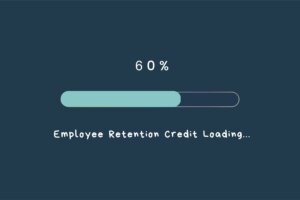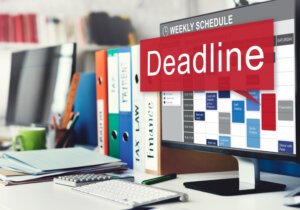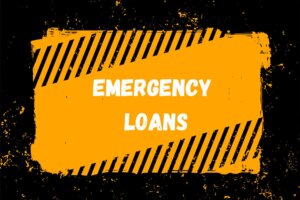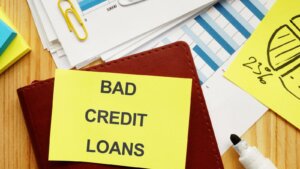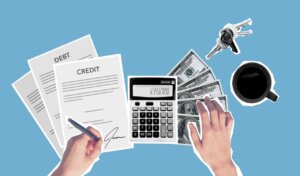In the process of applying for government grants, we often talk about the need to address the specific agency’s hot buttons and issues in our proposals. But how many of us address the way in which reviewers of our proposals make decisions?
Over the past twenty years, there has been a great deal of research in the fields of psychology, cognitive science, economics, learning, decision-making, and others that should inform the way we design and write proposals. This field is called Heuristics, or the study of how people make decisions.
Daniel Kahneman, a psychologist, has been one of the more influential people writing about decision making. His many articles address the ways in which we think, and discuss the typical biases and errors that are part of that process.
He was the first psychologist to be awarded (in 2002) the Nobel Prize in Economics … for his pioneering work in that field, and his findings have important implications for proposal development.
Thinking, Fast and Slow
For a clear and enjoyable summary of Kahneman’s work, read his best-selling Thinking, Fast and Slow (2011). To summarize his themes, this is what he says about our decision-making processes:
• Most people use fast and frugal mental processes to make everyday decisions and
solve problems because their cognitive resources are limited.
• Most people make decisions and solve problems with the least amount of effort
and information possible. Good decisions do not always require amassing large
amounts of information.
• We use straightforward mental processes to make decisions because of time
pressure, incomplete information, and the inability to calculate consequences.
• These mental processes usually lead to accurate decisions.
Design Proposals from the Reviewers’ Perspective
Based on the research of Kahneman and his colleagues, you should design your government grant proposals with the following characteristics to help reviewers evaluate them:
• Make it easy for reviewers to read and understand.
• Make it easy for reviewers to gather and process information.
• Make it easy for reviewers to move through your proposal quickly and with
as little effort as possible.
• Make it easy for reviewers to quickly find and understand the information
that interests them.
• Make sure that all your major themes have solutions, benefits, and proof.
• Write your grant proposal for non-technical reviewers.
• Use good visuals to emphasize your features, benefits, and major themes.
In grant proposals, as in life, “cues and clarity foster recognition and recall.” A good grant proposal that is easy to evaluate is more likely to be scored higher than a great proposal that is difficult to evaluate.
Read Kahneman’s Thinking, Fast and Slow and learn how to design grant proposals that take into account the decision-making processes of the people who will be reviewing those proposals.
=-=-=-=-=-=-=-=-=-=-=-=-=-=
Dr. Jayme Sokolow, founder and president of The Development Source, Inc.,
helps nonprofit organizations develop successful proposals to government agencies. Contact Jayme Sokolow.
=-=-=-=-=-=-=-=-=-=-=-=-=-=
Look for Jayme’s ebook on Finding & Getting Federal Government Grants. It’s part of The Fundraising Series of ebooks
=-=-=-=-=-=-=-=-=-=-=-=-=-=
If you’re reading this on-line and you would like to comment/expand on the above, or would just like to offer your thoughts on the subject of this posting, we encourage you to “Leave a Reply” at the bottom of this page, click on the feedback link at the top of the page, or send an email to the author of this posting. If you’ve received this posting as an email, click on the email link (above) to communicate with the author.

